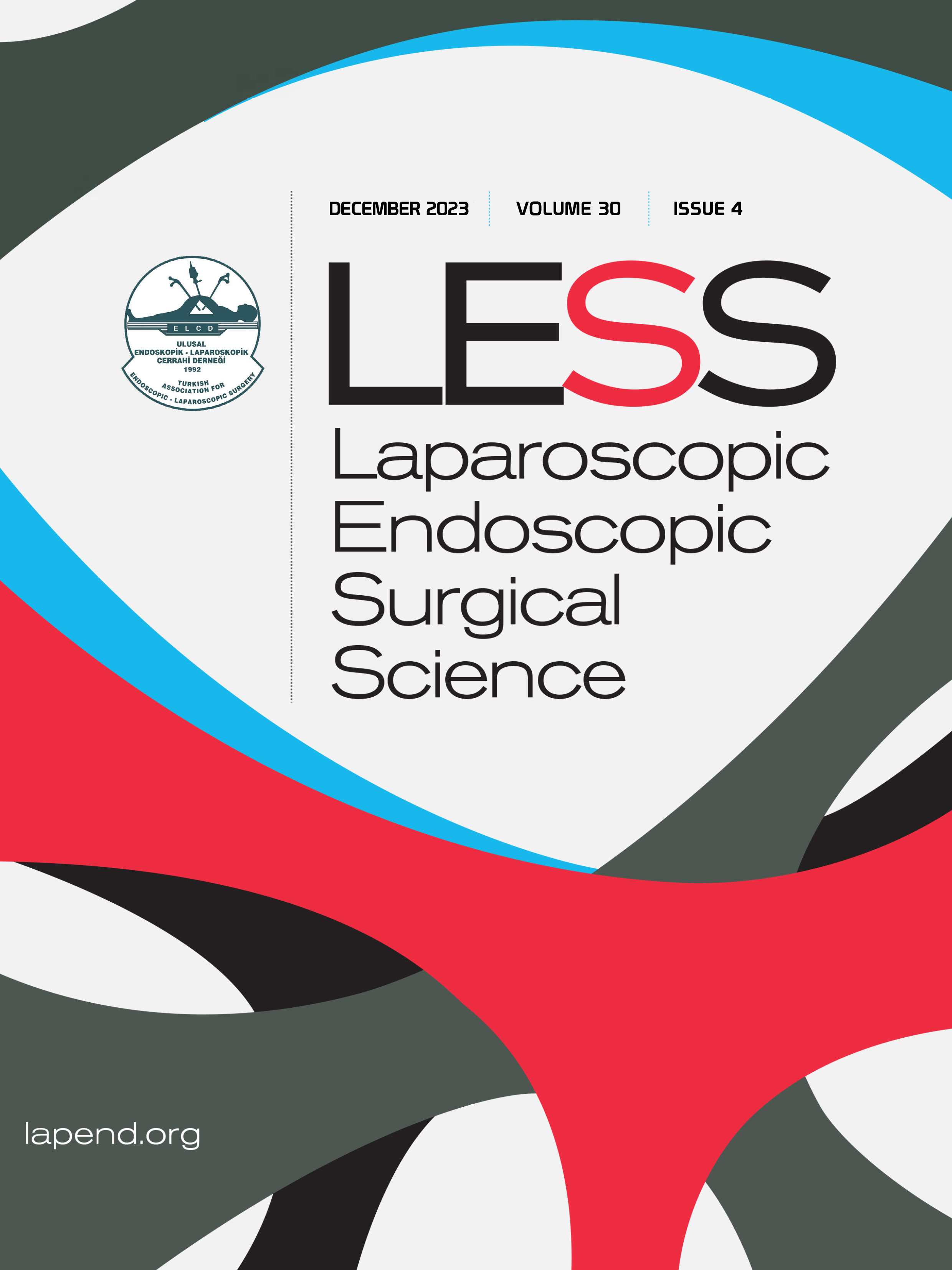Bronchoscopy applications and procedural safety in the intensive care unit: A single-center data
Ertan Sarıbaş1, Ayşe Nigar Halis1, Pınar Atagün Güney1, Sevinç Çıtak2, Aytaç Polat3, Halide Oğuş3, Fatma Feyza Alkılıç2, Ahmet Murat Kazan2, Murat Ersin Çardak2, Yeşim Uygun Kızmaz4, Mustafa Vayvada2, Erdal Taşçı21Department of Chest Diseases, Koşuyolu Higher Specialization Training and Research Hospital, Istanbul, Türkiye2Department of Thoracic Surgery, Koşuyolu Higher Specialization Training and Research Hospital, Istanbul, Türkiye
3Department of Intensive Care and Anesthesiology, Koşuyolu Higher Specialization Training and Research Hospital, Istanbul, Türkiye
4Department of Infectious Diseases, Koşuyolu Higher Specialization Training and Research Hospital, Istanbul, Türkiye
INTRODUCTION: Bronchoscopy in the Intensive Care Unit (ICU) is essential for managing respiratory failure, secretions, airway obstructions, and pulmonary infections. This study aimed to evaluate the indications, frequency, and clinical outcomes of bronchoscopy in the ICU.
METHODS: This retrospective study analyzed patients who underwent bronchoscopy in the ICU of Koşuyolu High Specialization Training and Research Hospital from January 1, 2022, to December 31, 2024. Data were obtained from the hospitals automation system. Patients from the cardiology, cardiovascular surgery, chest surgery, and gastroenterology departments who underwent bronchoscopy were included. Pediatric ICU patients, non-ICU ward patients, and lung transplant recipients were excluded. A total of 258 procedures were analyzed. Data were analyzed using IBM SPSS 26, with Chi-square and Kruskal-Wallis tests. A p-value of < 0.05 was considered significant.
RESULTS: A total of 258 bronchoscopy procedures were performed on 162 patients (62.3% male, median age 60.4 years). The most common diagnoses were coronary artery bypass graft (CABG) (30.2%), non-surgical cardiovascular diseases (21.6%), and heart valve surgery (16.7%). The main indications for bronchoscopy were increased secretions (41.1%), atelectasis (25.9%), and hemoptysis (9.7%). Increased secretions (53.5%) were the most common finding, with 9.3% of procedures reported as normal. Of the patients, 62.8% required mechanical ventilation, and 7.4% received ECMO. Lavage for culture was performed in 63.4%, with microbial growth detected in 43%. Klebsiella pneumoniae was the most common microorganism.
DISCUSSION AND CONCLUSION: Our study confirms the safe use of bronchoscopy in patients with major cardiac surgery or advanced heart failure. Bronchoscopy is frequently used in the ICU for managing secretion accumulation and atelectasis. Bronchoalveolar lavage is crucial for identifying infectious agents like Klebsiella pneumoniae and Pseudomonas aeruginosa in specific patient groups.
Manuscript Language: English















